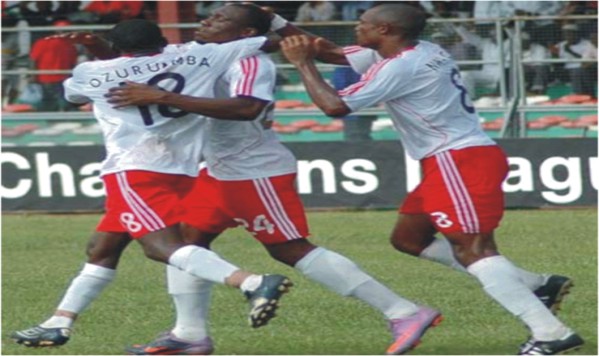Last week we started by understanding the common offenses committed by players in matches and how they are committed as well as the penalties that referees will apply in such cases.
We also appreciated the logic surrounding such offenses as we took care of TRIPPING AN OPPONENT and PUSHING.
Today, we are going to study CHARGING AN OPPONENT/TACKING and HOLDING.
CHARGING AN OPPONENT.
The act of charging is challenge for space using physical contact; without using arms or elbows provided the ball is within playing distance.
It is however an offence to charge an opponent in (i) Careless manner (ii) Reckless manner or (iii) Using exercive force.
In principle, body contact cannot be avoided in a football game.
It becomes an offence when the safety of an opponent is threatened.
The law is quite specific and ambiguous, it states that a tackle with little or no attempt to play the ball; (such tackle) which endangers the safety of an opponent is prohibited and considered as serious foul play to be sanctioned with a direct free kick (or penalty kick) and sending off.
HOLDING
Holding an opponent is that part of the ten penal code,
(Law Twelve) that does not require the referees to determine the degree of holding before sanctioning appropriately.
If a player holds an opponent, he shall be sanctioned without any considerations whatsoever.
Holding is to clutch; to keep fast, or keep in the same place. The hand is less important than the concept itself since it is possible to hold with the body; the arm; with the wrist on the shoulder; or even by standing on the opponent’s foot.
An example we are familiar with so called ‘body checks – using the body to hold an opponent in order to impede the advances of an attack.










